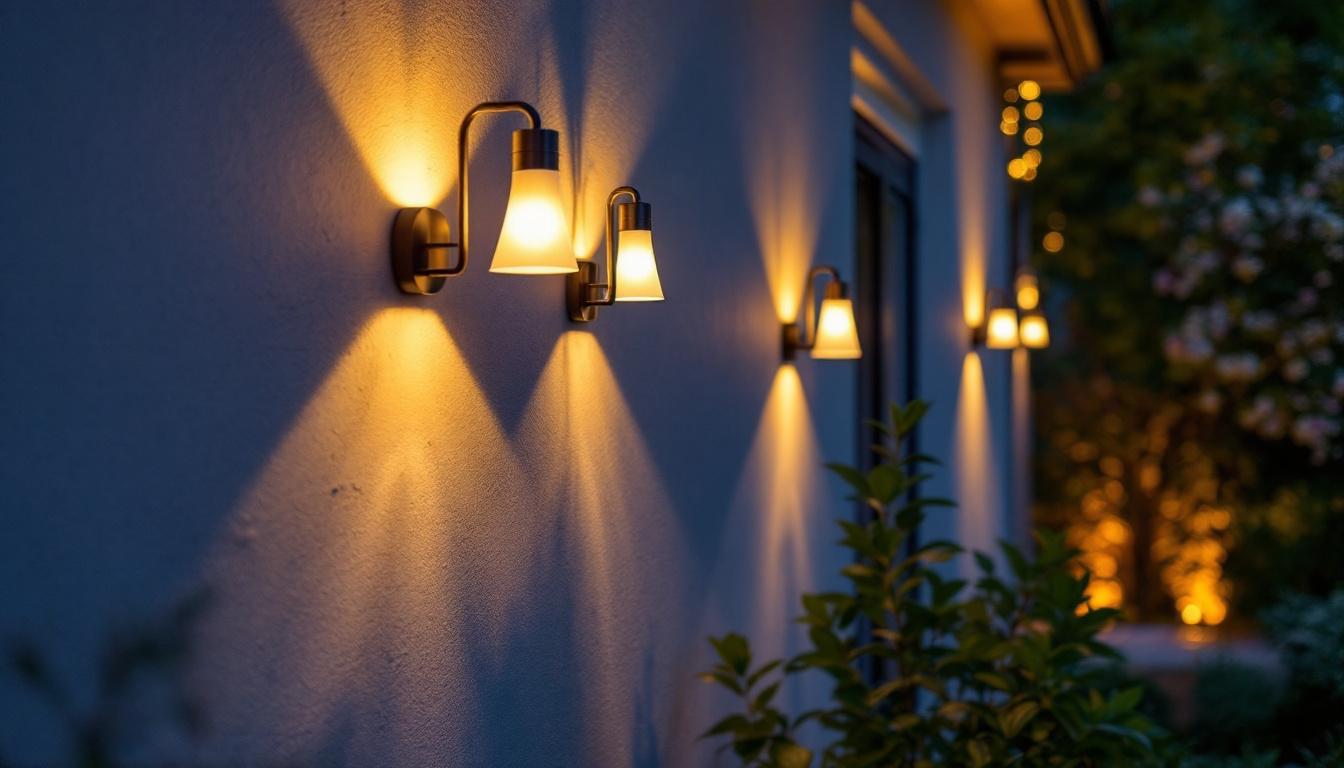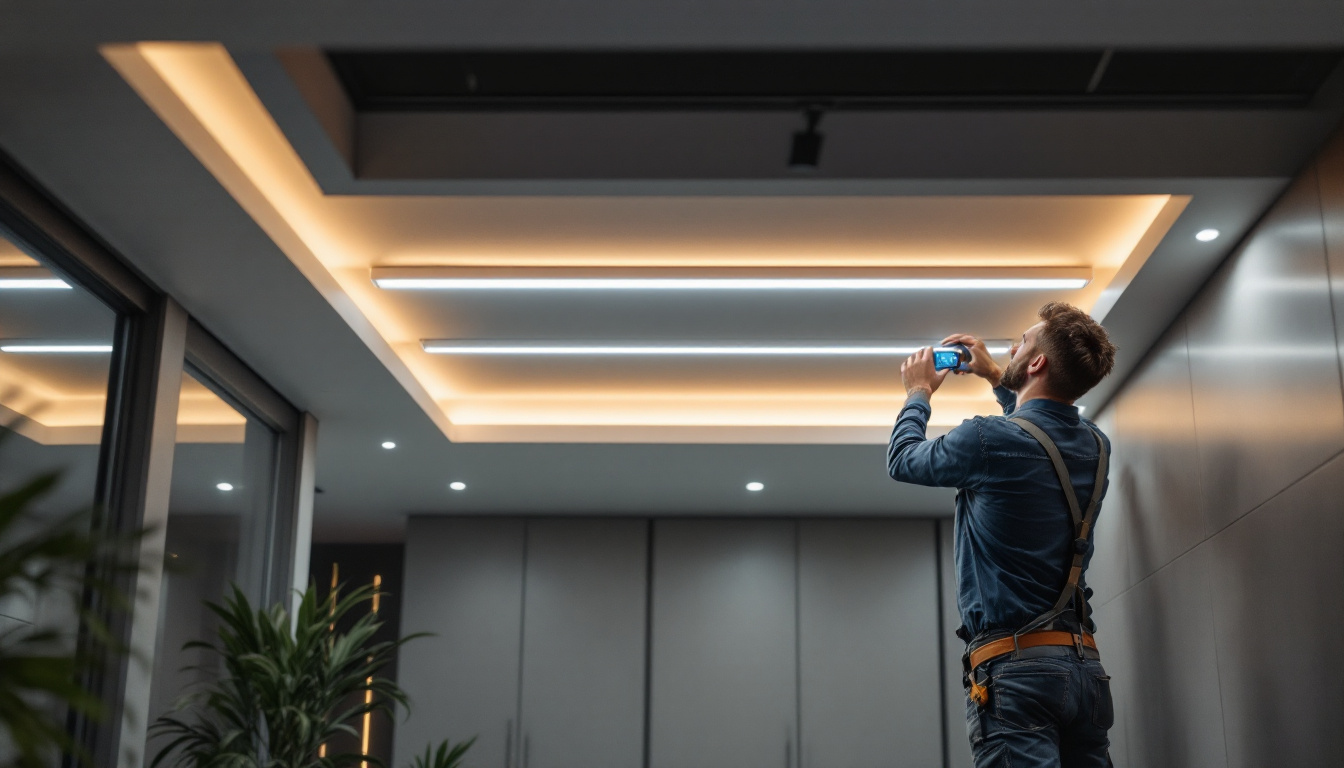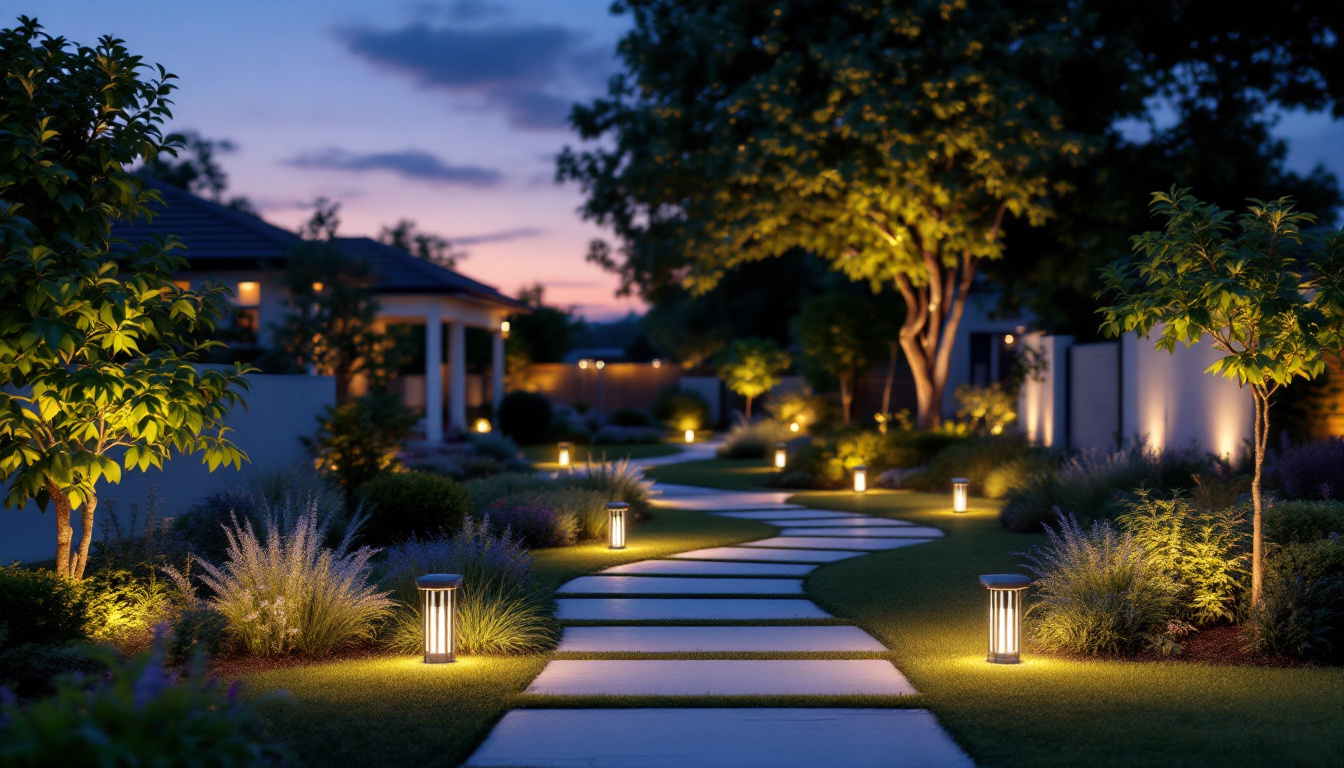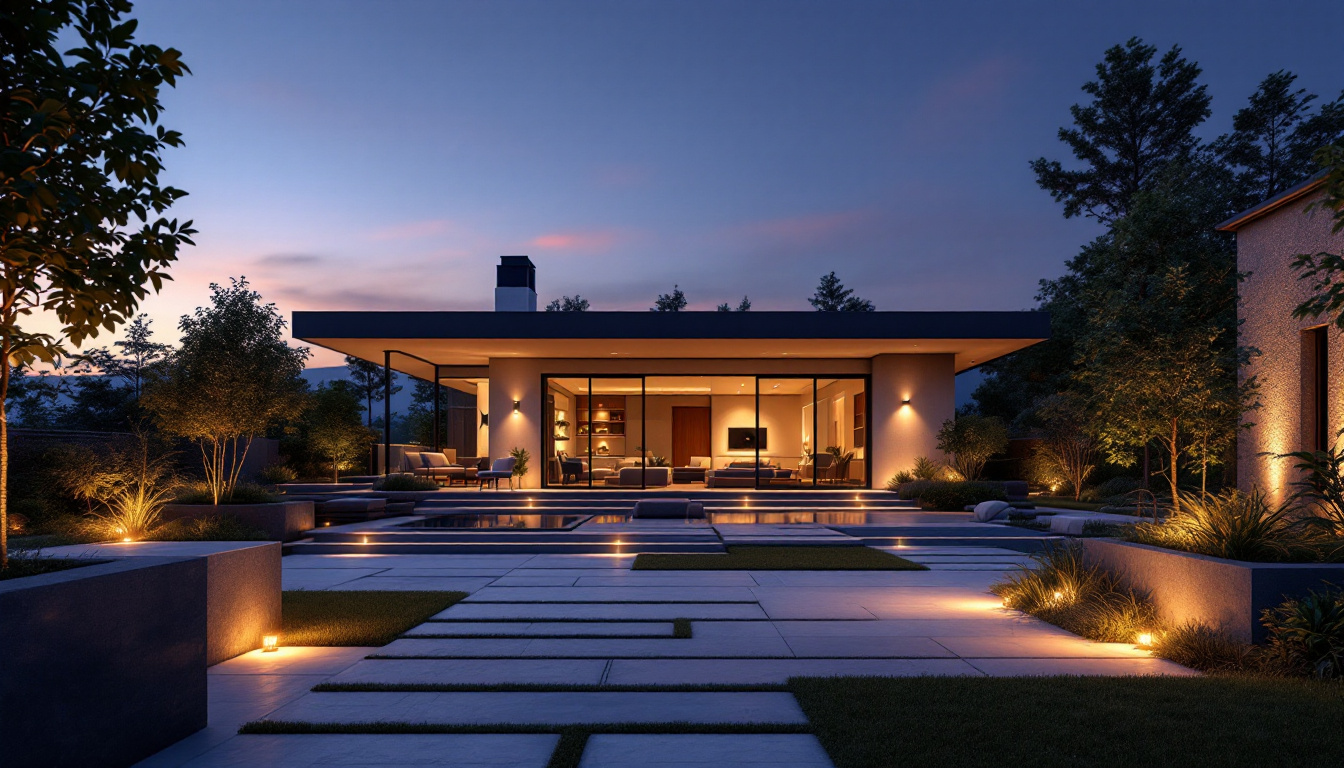
Lighting design is a crucial aspect of any construction or renovation project. For lighting contractors, understanding the nuances of direct and indirect lighting can significantly enhance their offerings and client satisfaction. This article delves into the latest trends in direct and indirect lighting, providing insights that every lighting contractor should be aware of to stay competitive in the market.
Direct lighting refers to illumination that is directed straight onto a specific area or object. This type of lighting is often used to highlight features, provide task lighting, or create an atmosphere in a space. The light source is typically visible, and the intensity can be controlled to achieve the desired effect.
In residential settings, direct lighting is commonly found in kitchens, workspaces, and reading areas. For instance, pendant lights over a kitchen island serve both functional and aesthetic purposes. They not only illuminate the cooking area but also act as a design focal point, contributing to the overall decor of the kitchen. In commercial environments, direct lighting is essential for retail spaces where products need to be showcased effectively. Track lighting is another popular choice, allowing for flexibility in directing light where it is needed most. This adaptability makes it easier for retailers to change displays and highlight seasonal merchandise, ensuring that the lighting remains relevant and effective throughout the year.
When designing a space with direct lighting, it’s important to consider the balance between light and shadow. Overly harsh direct lighting can create glare and discomfort. Therefore, using dimmers or adjustable fixtures can help manage the intensity. Additionally, the color temperature of the light can influence the mood of the space. Warmer tones are often more inviting, while cooler tones can enhance focus and productivity. It’s also crucial to consider the placement of fixtures; strategically positioning lights can minimize shadows and enhance visibility without overwhelming the senses. Incorporating layers of light, such as combining direct lighting with ambient and accent lighting, can create a more dynamic and inviting atmosphere, allowing for versatility in how the space is used throughout the day.
Indirect lighting, on the other hand, diffuses light by bouncing it off walls, ceilings, or other surfaces. This technique creates a softer, more ambient light that can transform a space without the harshness associated with direct lighting. Indirect lighting is becoming increasingly popular due to its versatility and aesthetic appeal. It can be used in both residential and commercial settings, offering a sophisticated solution for illuminating spaces while maintaining a sense of warmth and comfort.
One of the primary benefits of indirect lighting is its ability to create a warm and inviting atmosphere. It reduces harsh shadows and glare, making it ideal for spaces where comfort is key, such as living rooms and bedrooms. Furthermore, indirect lighting can enhance architectural features, drawing attention to design elements without overwhelming the space. This subtlety allows homeowners and designers to highlight artwork, sculptures, or unique textures in a way that feels organic and integrated into the overall design.
Moreover, indirect lighting can significantly impact mood and productivity. Studies have shown that environments with softer, diffused lighting can lead to reduced stress and increased focus, making it an excellent choice for home offices or study areas. By strategically placing indirect lighting, one can create zones within a room that cater to different activities, from relaxing with a book to engaging in creative work, all while maintaining a cohesive aesthetic throughout the space.
Modern technology has introduced various innovative techniques for implementing indirect lighting. LED strips, for instance, can be installed along coves, under cabinets, or behind furniture to create a seamless glow. This approach not only enhances visual interest but also provides functional lighting without compromising aesthetics. Additionally, smart lighting solutions allow for customizable indirect lighting scenarios, adapting to different moods and activities. With the rise of smart home technology, users can now control their lighting through apps or voice commands, adjusting brightness and color temperature to suit their needs.
Another exciting development in indirect lighting is the use of fiber optics, which can create stunning visual effects without the bulk of traditional fixtures. Fiber optic cables can be woven into ceilings or walls, providing a starry night effect or illuminating specific areas without visible light sources. This technique is particularly popular in high-end residential projects and commercial spaces like restaurants and boutiques, where ambiance is crucial to the overall experience. As these technologies continue to evolve, the possibilities for indirect lighting are virtually limitless, paving the way for even more creative and functional designs in the future.
While both direct and indirect lighting serve distinct purposes, combining them can yield impressive results. A well-thought-out lighting plan that incorporates both types can create depth, dimension, and functionality in any space.
Layering light is a fundamental principle in lighting design. By integrating direct and indirect lighting, contractors can achieve a balanced and dynamic environment. For example, using recessed lighting for indirect illumination while incorporating pendant lights for direct task lighting can enhance both the functionality and aesthetics of a room. This approach not only illuminates the space effectively but also allows for versatility in mood and atmosphere, depending on the occasion or time of day. By adjusting the intensity and placement of these light sources, one can transform a space from a bright, energetic environment during the day to a cozy, intimate setting in the evening.
Many successful projects have demonstrated the power of combining direct and indirect lighting. In a contemporary office setting, a mix of pendant fixtures and wall-mounted indirect lights can create an energizing yet comfortable workspace. The strategic placement of these fixtures can help reduce eye strain and enhance productivity, making it easier for employees to focus on their tasks. Similarly, in a restaurant, direct lighting can highlight tables while indirect lighting sets a warm, inviting ambiance throughout the dining area. This combination not only enhances the dining experience but also encourages social interaction among patrons, as the lighting subtly guides their attention and creates a welcoming environment. In residential spaces, homeowners can achieve a similar effect by using floor lamps for direct lighting in reading nooks while employing wall sconces to provide soft, ambient light that fills the room, creating a harmonious balance that is both functional and aesthetically pleasing.
The lighting industry is constantly evolving, with new trends emerging that reflect changes in technology, design preferences, and sustainability. Staying updated on these trends is essential for lighting contractors to meet client demands and expectations.
One of the most significant trends in recent years is the rise of smart lighting solutions. These systems allow users to control their lighting through smartphones or voice-activated devices, offering convenience and customization. Smart lighting can be programmed to adjust based on time of day, activity, or even mood, making it an attractive option for both residential and commercial clients.
As environmental concerns continue to grow, sustainability has become a key focus in lighting design. Energy-efficient LED lighting is now the standard, with many clients looking for solutions that minimize energy consumption while maximizing output. Additionally, incorporating natural light through strategically placed windows or skylights can enhance energy efficiency and create a healthier indoor environment.
While there are many opportunities in the lighting industry, contractors also face challenges that require innovative solutions. Understanding these challenges can help contractors navigate the landscape more effectively.
One of the primary challenges is educating clients about the differences between direct and indirect lighting and their respective benefits. Many clients may have preconceived notions about what lighting should look like, and it’s essential for contractors to communicate the advantages of a well-rounded lighting plan. Providing visual aids, such as mood boards or 3D renderings, can help clients visualize the potential outcomes.
The rapid pace of technological advancement in lighting can be overwhelming. Contractors must stay informed about the latest products, tools, and techniques to remain competitive. Regular training and professional development can help contractors enhance their skills and knowledge, ensuring they can offer the best solutions to their clients.
The future of lighting design is poised for exciting developments. As technology continues to advance, lighting contractors must remain adaptable and open to change. Here are some anticipated directions in the industry.
As smart home technology becomes more prevalent, the integration of lighting with other systems—such as security, HVAC, and entertainment—will become increasingly important. Contractors who can offer comprehensive solutions that encompass various aspects of home automation will be well-positioned for success.
There is a growing awareness of the impact of lighting on health and well-being. Research has shown that lighting can affect mood, productivity, and even sleep patterns. As a result, contractors may find opportunities in designing lighting systems that promote well-being, such as circadian lighting that adjusts throughout the day to mimic natural light patterns.
Understanding the trends and nuances of direct and indirect lighting is essential for lighting contractors looking to thrive in a competitive market. By staying informed about current trends, embracing innovative technologies, and addressing client needs, contractors can elevate their services and enhance the overall lighting experience for their clients. As the industry continues to evolve, those who adapt and innovate will lead the way in creating beautiful, functional, and sustainable lighting solutions.
Ready to take your lighting projects to the next level? At LumenWholesale, we provide lighting contractors with the highest quality, spec-grade lighting products at prices that can’t be beaten. Say goodbye to local distributor markups and hello to a vast selection of reliable and high-performance lighting that meets the most rigorous industry standards. With the convenience of free shipping on bulk orders, you can trust that you’re getting premium lighting solutions at the best value — no hidden fees, no compromises. Elevate your lighting designs today and experience the best in wholesale lighting with LumenWholesale.

Explore how the choice of outside light fixtures impacts lighting contractors’ profitability.

Discover why ceiling LED strip lights are revolutionizing the lighting industry and becoming essential tools for contractors.

Discover why staying updated on solar LED landscape lights is crucial for lighting contractors.

Discover essential strategies and innovative trends in modern exterior lighting tailored for lighting contractors.